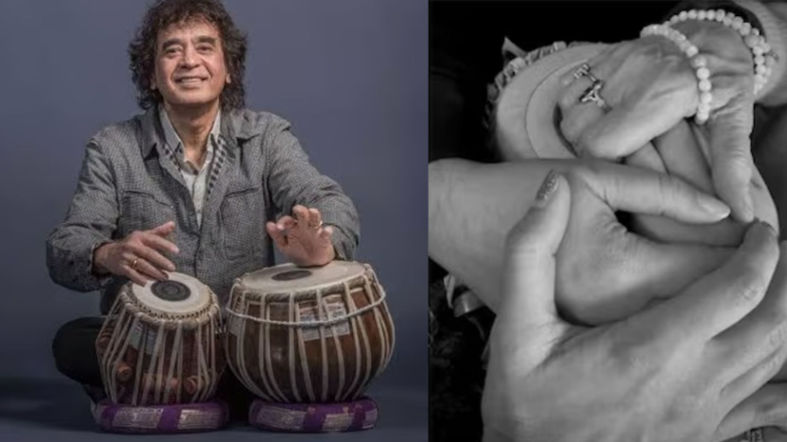The auspicious Chaitra Navratri celebration begins with great fervour on April 9. Along with marking the start of summer, this festival falls on the same day as other major Indian holidays, including Ugadi in Karnataka and Andhra Pradesh and Gudi Padwa in Maharashtra. The first day of Chaitra Navratri, which falls on April 9, is dedicated to veneration of Maa Durga and her nine holy incarnations. Maa Shailputri, one of the Goddess’ manifestations, is also honoured on this day. Ghatasthapana, a prominent ceremonial, is at the centre of the day’s celebration.
Maa Shailputri, counted among the nine revered forms of Goddess Durga, is worshipped on the initial day of Chaitra Navratri. She is revered as the bestower of prosperity and blessings, embodying Mother Nature herself, motivating devotees to seek spiritual enlightenment through her benevolence. Associated with the Moon, according to Drik Panchang, she is believed to be the daughter of Lord Himalaya, hence named Shailputri due to her connection with the mountains.
Depicted riding a bull, known as Vrisharudha, Goddess Shailputri is portrayed with two hands holding a Trishul (trident) in her right hand and a lotus flower in her left. Symbolizing purity, innocence, peace, and serenity, her representation holds deep significance.
As per Drik Panchang, white is the color associated with the first day of Navratri. Devotees mark this day by rising early, purifying themselves with a bath, seeking blessings from Maa Shailputri and Adi Shakti, and performing rituals such as Ghatasthapana or Kalash Sthapana. Ghatasthapana, a significant ritual, involves installing a pot (kalash) at a sanctified spot within their homes. This pot is embellished with a diya (lamp) that remains lit throughout the festival, alongside a pan filled with mud and navadhanya seeds submerged in water.
The kalash is then filled with Ganga Jal, and items like coins, supari, and akshat (raw rice and turmeric powder) are added to the water. Five mango leaves are placed around the kalash, which is then covered with a coconut. Additionally, devotees offer oil lamps, incense sticks, flowers, fruits, sweets, and a special bhog of Desi Ghee to Maa Shailputri as part of the rituals.














